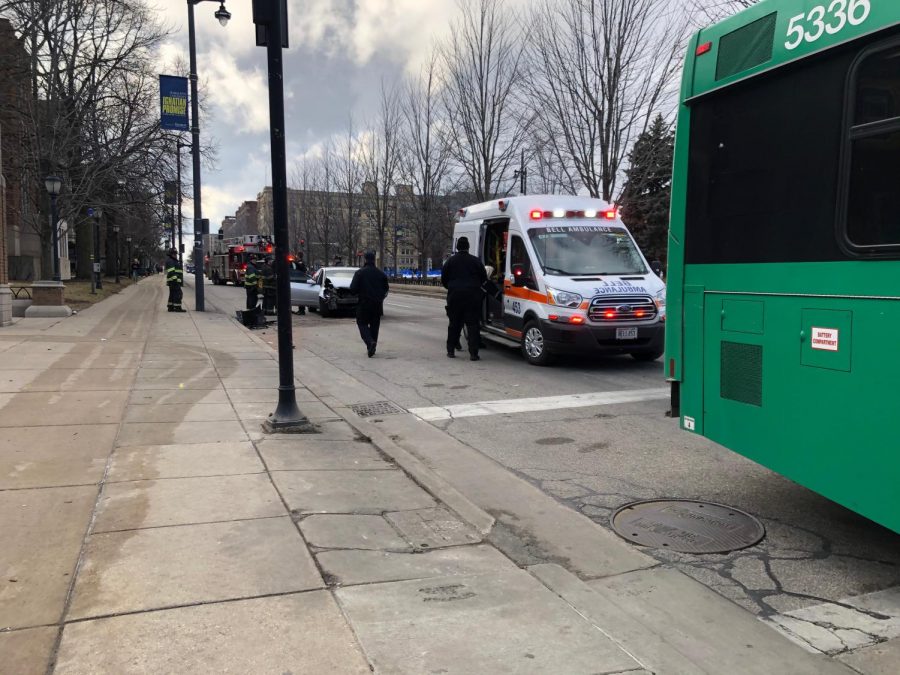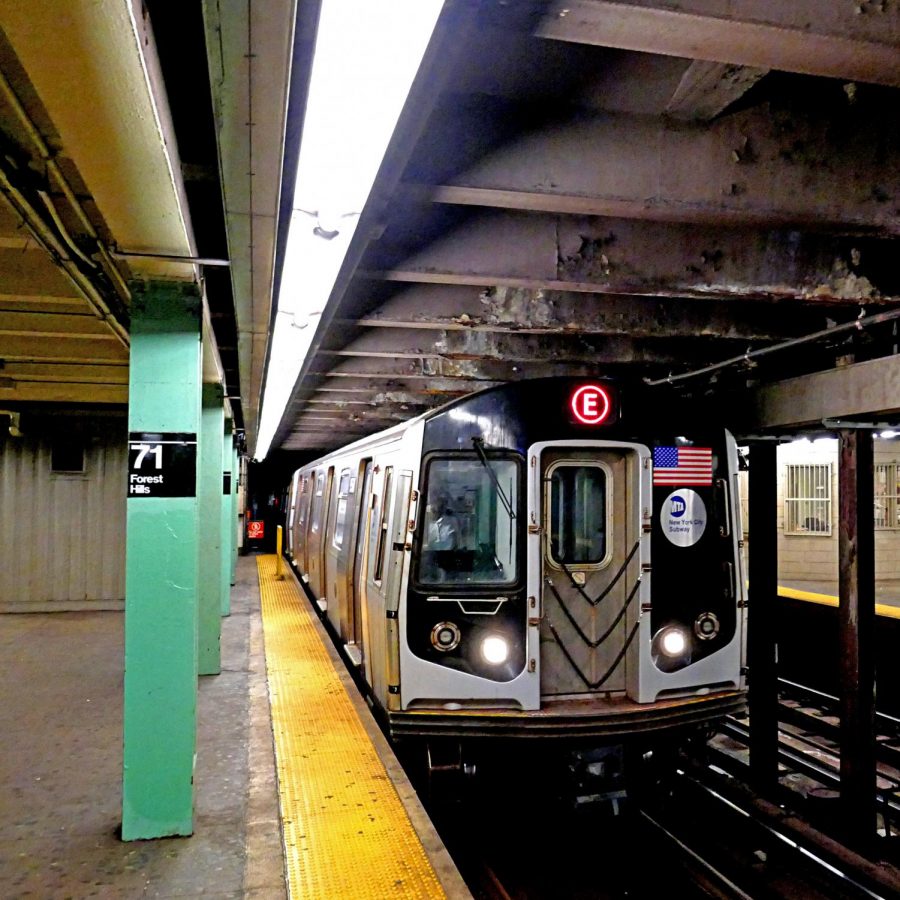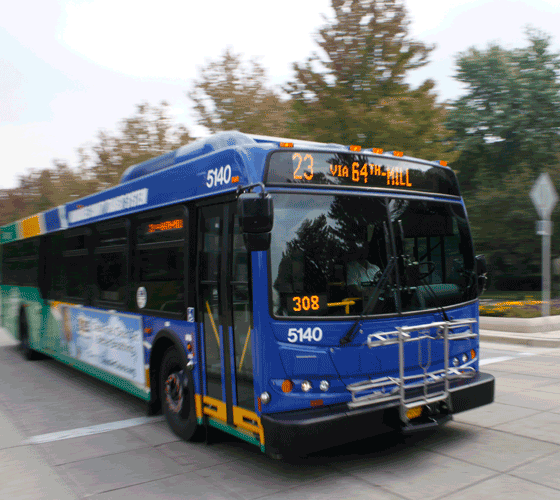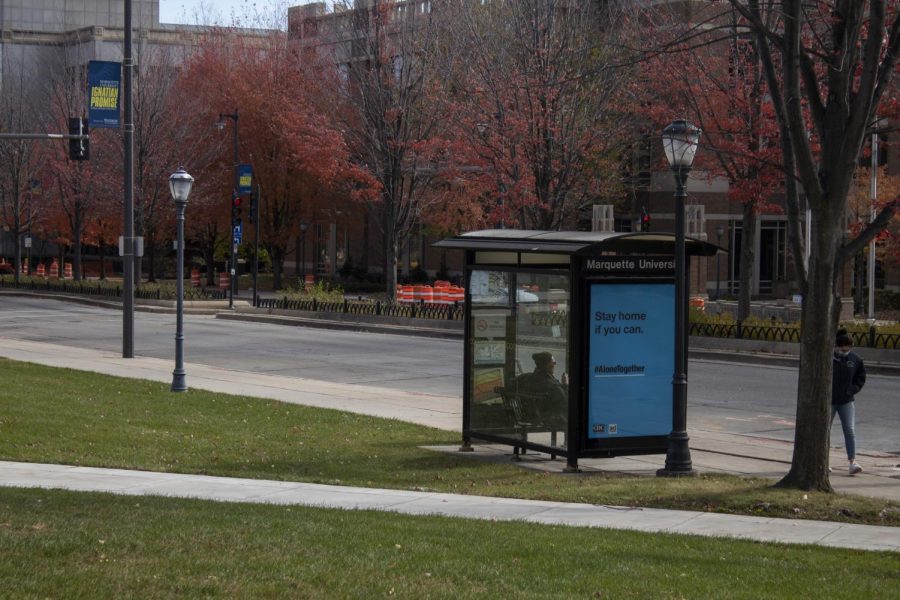
The Milwaukee County Transit System is celebrating its 50th anniversary this year. Since the county’s acquisition of MCTS in July 1975, the transit agency has earned the title of “best transit system in the country,” introduced clean diesel buses and eventually electric buses, implemented new fare programs and launched a mobile app.
Despite the progress the transit system has made over the past half century, including ongoing initiatives like MOVE 2025, the search continues for a dedicated funding source. MCTS remains one of the few transit systems in the nation without a guaranteed long-term funding solution, which agency officials say could spell trouble in the near future.
“It is a very serious issue right now,” MCTS Communications Manager Anna Schryver said.
After 50 years of operation, here’s what to know about MCTS and its uncertain future:
History of service
With 370 clean-diesel buses and a team of 1,100 drivers, mechanics and staff, MCTS provided more than 25 million rides in 2024. Last year, more than 6 million people used MCTS to commute to their jobs. 74,000 county residents use MCTS to get to work on a regular basis.
Data from the American Public Transportation Association shows that nationally, every $1 invested in public transportation creates an economic impact of $5. The same study found that 87% of trips using public transportation directly benefit the local economy, and APTA estimates that riders can save more than $13,000 per year by using public transit.
In addition to the economic benefits offered by transit agencies like MCTS, some riders find that they form close relationships with their bus drivers.
“When I see my regular passengers on a daily basis, even when I see them on a different route, they always greet me,” Rodney Humphrey, an MCTS bus driver, said.
Humphrey is a Milwaukee native who has been serving community members for nearly nine years. He values the connections he makes with riders and strives to be known as a compassionate driver.
MOVE 2025
MOVE 2025 is an MCTS service change plan that stems from a collection of routing ideas from riders, drivers and data. Jesus Ochoa, MCTS planning manager, said the initiative was not related to MCTS’ 50th anniversary but coincides well with the celebration.
With MOVE 2025, the transit agency is looking to make changes to routes countywide and is ready to put together a recommended plan after the initiative’s second phase of engagement. In Phase 1, which took place from December to early February, MCTS asked for feedback on several options for route changes. In Phase 2, from March to April, more specific questions were asked in order to compile a final plan.
“We’re consistently looking at our routes where we make changes that better meet our riders’ needs,” Ochoa said.
Over the past couple of years, Ochoa said riders have asked for more service on streets that MCTS doesn’t currently operate on. They’ve also requested more frequency and connections on routes, as well as more simplicity, meaning less need to transfer buses.
Extending certain routes may cause wait times to be slightly longer, but Ochoa said riders provided feedback saying they were willing to wait longer as long as their route went further. He felt that throughout the entire MOVE 2025 planning process, MCTS made riders’ voices heard with public meetings and surveys.
“It was great to hear from riders saying, ‘This is what I asked for a couple of years ago, and the fact that you guys were listening to some of our requests was great,’” Ochoa said.
MCTS will use rider feedback for their final draft plan, which will be brought to the County Board of Supervisors in early June. If approved, the transit agency will implement an outreach plan to make all community members aware of route changes.
Schryver explained that while the transit agency incorporates rider feedback with initiatives like MOVE 2025, they have to make changes within their means.
“If a route has only a small number of people riding, unfortunately, to increase ridership in other areas where people really want those connections made, or to accommodate new businesses or new housing centers, we will need to change those routes to stay within our means and to help balance our budget,” Schryver said.
Updates on Phase 3 and the final MOVE 2025 draft plan can be found on the MCTS website.
Adapting to new expectations
Humphrey, the MCTS driver, said ridership has been steady in his time at the agency, but he has noticed some changing patterns between routes. Some routes see less riders than they used to, and some are now able to accommodate more riders in new areas.
Schryver has also seen lifestyle changes in riders since the pandemic. She said riders no longer want a second of their time to be wasted, which means MCTS will eventually have to adjust to demands for WiFi on buses and quicker payment systems.
“We’re looking to say, ‘How are people changing, and what can we do to change with them?’” Schryver said.

Another change is a greater interest in multimodal transportation across Milwaukee County. Schryver said MCTS encourages riders to travel in a variety of ways, whether it be by car, bike, scooter, trolley or bus.
Additionally, 14 different Milwaukee area universities are enrolled in the U-PASS program, which is available to students of accredited colleges who sign up for the program. The pass is distributed on campus and provides the highest level of MCTS service at the lowest price.
“Any place they want to learn, any place they want to attend, any place they want to go,” Schryver said. “As a student, they’ve got full access through the bus.”
Around 84,000 students have full transit access through U-PASS, including 1,500 Milwaukee Public School students who can use these passes if they miss their school bus.
MCTS also works with the FlexRide program run by MobiliSE. This service provides car rides to bus riders, taking them from Milwaukee directly to their job sites in suburban locations. In the past few years, Schryver said over 100,000 rides were given out to areas that buses don’t reach directly.
“I think there are a lot of innovations coming in transportation,” Schryver said.
MCTS funding crisis
Despite new rider expectations, Schryver explained that MCTS is remaining transparent about not being able to implement all initiatives that riders request, since the transit agency doesn’t have a long-term funding solution.
Schryver said MCTS is always looking at ways to attain more funding, whether it be through a grant, internal income or a public lobbying campaign. Because MCTS is not the only transit system currently impacted by funding issues, the agency is working to find a solution with other local and national organizations.
In 2023, MCTS held a “Save the Bus” campaign asking people to reach out to their elected officials for more funding.
“People came through,” Schryver said. “But the funds from the pandemic are running out. So, what are we going to do next? That’s a big question.”
The lack of dedicated funding is a serious issue for MCTS, Schryver said. The agency, currently funded through 2027 — and possibly 2028 — needs at least 30 brand-new buses a year, as well as more buildings and infrastructure in current facilities.
To get the necessary funding, MCTS would have to cut 20% of all current routes, which would leave riders stranded without a way to get to work, school, the hospital or grocery store. Without a true funding solution, that outcome could become a reality.
“We’re hopeful, and we’re very optimistic, that we will find a way to continue,” Schryver said.
Looking to the future
If Milwaukee’s population grows closer to Mayor Cavalier Johnson’s goal of 1 million residents, Schryver thinks multimodal transit will be the best approach. She said residents just need to be open to the innovative ways in which public transportation is changing, which can be seen in other cities.
“Look at Los Angeles and all they’ve been able to accomplish in the most congested city in the country. They’ve been able to increase rail use across Los Angeles County,” Schryver said. “I could definitely see those types of multimodal, different ways to get to work, becoming more popular here in the next 50 years.”
But for now, MCTS is living in the present, focused on current initiatives — and more importantly — how to lock down guaranteed long-term funding before the situation becomes dire.
“There is someone in your life who, right now, depends on public transit,” Schryver said. “So think about those people, and think about how they would be affected.”
This story was written by Mia Thurow. She can be reached at [email protected]. Matthew Poulton contributed to this report.









